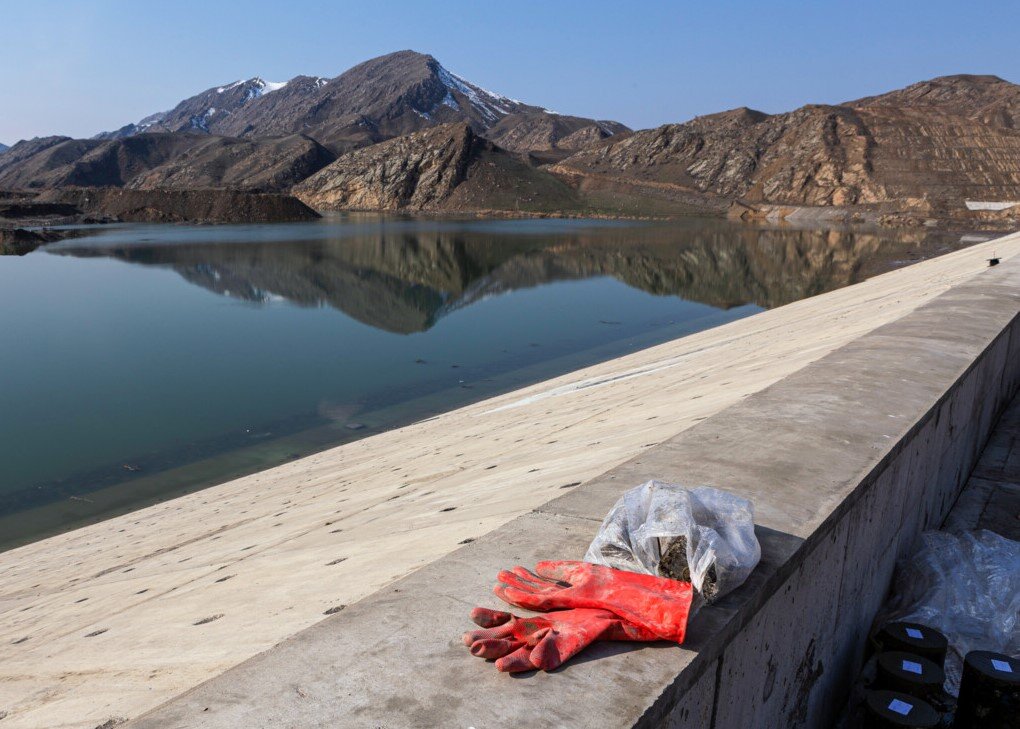Only 44% of Iran’s dam capacity filled halfway through winter

TEHRAN - Iran's major dams are entering the second month of winter with only 44 percent of their capacity filled, leaving 56 percent of their storage empty. This comes after a lackluster autumn rainfall that failed to alleviate the impacts of ongoing droughts.
According to the latest statistics, rainfall from the beginning of the current water year (starting late September) until January 12 amounted to just 51.5 millimeters, significantly impacting surface water flows and reducing inflows into dams, which are crucial for meeting the country's water needs. Furthermore, snowfall—an essential contributor to dam reservoirs—has also been insufficient this year.
Mohammadreza Kavianpour, head of the Water Research Institute of Iran, has previously linked global warming to the melting of snow and glaciers. He highlighted that this process, which started in the polar regions, is reducing the extent of natural glaciers worldwide, including Iran, where 110 glacier zones exist. Kavianpour emphasized that climate change is causing a shift from snowfall to rainfall, reducing snow cover and its thickness, which are critical for water management.
Recent data from Iran's National Water Information Office reveals a three percent drop in water inflows to dams since the start of the current water year. From late September to January 13, 5.67 billion cubic meters of water entered major dams, compared to 5.86 billion cubic meters during the same period last year. Conversely, water outflows from dams have risen by four percent, reaching 7.75 billion cubic meters, up from 7.45 billion cubic meters in the previous year, underscoring a growing water imbalance.
Despite reduced inflows and increased outflows, the total water volume in dams has increased by nine percent. As of January 13, dam water reserves stand at 22.48 billion cubic meters, compared to 20.57 billion cubic meters during the same period last year. However, eight major dams have reported water level reductions ranging from 25 to 75 percent.
The combined challenges of reduced precipitation, insufficient snow accumulation, and higher water consumption are amplifying water resource imbalances in Iran, raising concerns about the country’s ability to address ongoing drought and water scarcity issues effectively.
EF/
